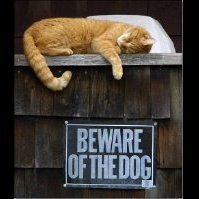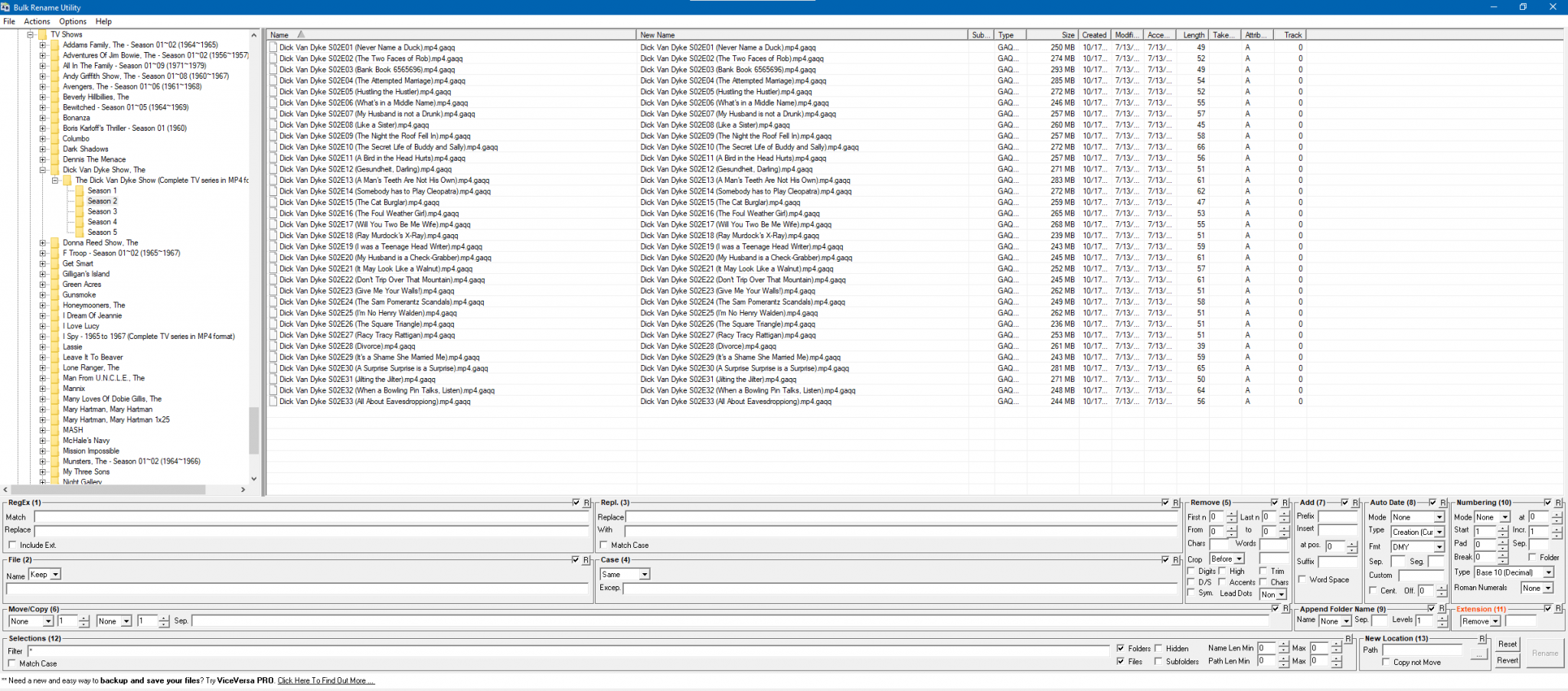-
Posts
13,897 -
Joined
-
Last visited
-
Days Won
8
Content Type
Events
Forums
Downloads
Quizzes
Gallery
Blogs
Everything posted by Tippaporn
-

Blast from the Past - 60's, 70's, 80's,90's Music (2023)
Tippaporn replied to CharlieH's topic in ASEAN NOW Community Pub
Her heart was in the right place and I give her credit for that. She wasn't able, though, to temper her righteous anger with the understanding that there is no such thing as a perfect nation as all nations are the creation of imperfect humans (imperfect only in terms of our current understanding of perfection). Therefore she unwisely threw the baby out with the bathwater. Sinéad O'Connor performing You Made Me The Thief Of Your Heart at the BBC broadcast Top Of The Pops in '94. Such a shame she kept her head shaven in protest over the treatment of women. Hence why I picked a video in which she still had hair. It accented her beauty so well. -

Blast from the Past - 60's, 70's, 80's,90's Music (2023)
Tippaporn replied to CharlieH's topic in ASEAN NOW Community Pub
Mick still rocking at 80! - God, please continue to give Mick the strength to keep rockin' much, much longer. And, God, ditto for Keith Richards and Ronnie Wood. Loved this album back then, it's still hits the right spot - Thanks God for all of the wonderful Stones music. God bless rocknroll [sic] - And God bless all of us Stones fans that we may be rock 'n' rollin' all the way to Heaven where we'll all have front row seats and back stage passes. And God, please have Sympathy For The Devil. -

Blast from the Past - 60's, 70's, 80's,90's Music (2023)
Tippaporn replied to CharlieH's topic in ASEAN NOW Community Pub
And the B-side single, I'm A Love You. -

Blast from the Past - 60's, 70's, 80's,90's Music (2023)
Tippaporn replied to CharlieH's topic in ASEAN NOW Community Pub
Jimmy Reed with his '60 single Big Boss Man. -

Blast from the Past - 60's, 70's, 80's,90's Music (2023)
Tippaporn replied to CharlieH's topic in ASEAN NOW Community Pub
True, indeed, bannork. She was a troubled woman. May she find the peace she deserves. -

Blast from the Past - 60's, 70's, 80's,90's Music (2023)
Tippaporn replied to CharlieH's topic in ASEAN NOW Community Pub
The Animal's rendition by well be the best, though. Experience The Animals House Of The Rising Sun Music Video like never before in stunning 4K HD! We've restored, upscaled, and enhanced the original footage from 1964 using artificial intelligence. Let us know what classic songs and videos you'd like to see restored next! -

Blast from the Past - 60's, 70's, 80's,90's Music (2023)
Tippaporn replied to CharlieH's topic in ASEAN NOW Community Pub
In my travels digging into the Midnight Special I saw that Lonnie Donegan And His Skiffle Group did a cover of another iconic American blues folk song, The House Of The Riding Sun. Now that's gotta be good, I said to myself. And right I was. Off of his '59 Lonnie Rides Again album. -

Blast from the Past - 60's, 70's, 80's,90's Music (2023)
Tippaporn replied to CharlieH's topic in ASEAN NOW Community Pub
And one more cover which I found delightful by Billy Bragg & Joe Henry from their 2016 new album Shine A Light: Field Recordings From The Great American Railroad. -

Blast from the Past - 60's, 70's, 80's,90's Music (2023)
Tippaporn replied to CharlieH's topic in ASEAN NOW Community Pub
Creedance Clearwater Revival's live performance of Midnight Special in '70. -

Blast from the Past - 60's, 70's, 80's,90's Music (2023)
Tippaporn replied to CharlieH's topic in ASEAN NOW Community Pub
Harry Belafonte's '61 recording of Midnight Special is historic in that it was the first recording of Bob Dylan, who played harp as a session musician. Off of the '62 album of same name. -

Blast from the Past - 60's, 70's, 80's,90's Music (2023)
Tippaporn replied to CharlieH's topic in ASEAN NOW Community Pub
Another fine cover was recorded by Lonnie Donegan's Skiffle Group with Chris Barber in '55 off of the '56 Backstairs Session LP. -

Blast from the Past - 60's, 70's, 80's,90's Music (2023)
Tippaporn replied to CharlieH's topic in ASEAN NOW Community Pub
Perhaps The Spencer Davis Group were the first rock band to record a quality cover. Off of their Autumn '66 album. -

Blast from the Past - 60's, 70's, 80's,90's Music (2023)
Tippaporn replied to CharlieH's topic in ASEAN NOW Community Pub
Cisco Houston had teamed up with Leadbelly and Woody Guthrie to record the song in '46. This version is Cisco's solo off of his '58 Cisco Sings LP. -

Blast from the Past - 60's, 70's, 80's,90's Music (2023)
Tippaporn replied to CharlieH's topic in ASEAN NOW Community Pub
Rock 'n' Roll roots. An iconic American folksong, The Midnight Special. "Midnight Special" is a traditional folk song thought to have originated among prisoners in the American South. The song refers to the passenger train Midnight Special and its "ever-loving light" (sometimes "ever-living light"). The song is historically performed in the country-blues style from the viewpoint of the prisoner and has been performed by many artists. Leadbelly was one of the first to record the song: The Midnight Special and Other Southern Prison Songs is an album by Lead Belly and the Golden Gate Quartet, recorded for Victor Records in 1940 and released a few months later. In 1939, Lead Belly was back in jail for assault after stabbing a man in a fight in Manhattan. The ethnomusicologist Alan Lomax, who had started to make field recordings of folk music for the Library of Congress, helped raise money for Lead Belly's legal expenses. It was Lomax's original intent to record songs in prison, but instead a recording studio was used. To create a "prison" feel Lomax suggested that the Golden Gate Quartet back Lead Belly. However, the Golden Gate Quartet was a polished, professional group, and Lead Belly had to teach them how to sing as a group of prisoners would sing the selected songs. -
That's a nice little utility, Rotweiler. Back in the 2000's I got infected often enough and I recall that killing the offending process via task manager didn't work as the malware would just restart itself automatically. But I see that taskkill kills all associated processes, not just the main one. It's definitely something to keep in mind for the future (hopefully I can go another 15+ years without incident). Thanks.
-
This piece of software would seem to be ideal but unfortunately it's only available for Windows 2000 thru 7. I'm still thinking of a script or bat file but I have no idea how to compose it. This is what I have in mind: Batch File - Remove Second File Extension But I would need step by step instructions.
-
A software installation file for file tagging software. Looks like the software was untrustworthy.
-
I hadn't had an infection for 15+ years now. Looks like I got infected by the latest version of Djvu ransomware known as STOP Djvu this past Thursday. I got it from a download. I quickly downloaded a host of free anti-malware software from MajorGeeks and started scanning. A couple of tools from Microsoft, which were ineffective. From the Malware Removal & Repair category I downloaded Farbar Recovery Scan Tool 32-Bit 12.07.2023. From the Specific (Stubborn) Removal Tools category I downloaded Kaspersky Virus Removal Tool 20.0.10.0 (currentdate/2023). Kaspersky did the trick. Once removed I reran the entire host of softwares a second time and they all came up clean. Now the problem is I have a clean up job. Djvu works by appending the original file extension with a .gaqq extension which cannot be removed by renaming the file, thereby locking the file. At first I didn't know what the specific infection was until I noticed the added file extension. A search of it told me that it was ransomware. Since the ransomware was defeated and successfully removed (at least I believe so as two days later I've not had any issues and I am able to remove the .gaqq extension by renaming) I have to figure out how I can remove that extension globally. I've been using Bulk Rename Utility for years now but I can only fix a folder at a time. That's not the end of the world, despite the fact that I have 5 TB's worth of movies, 2 TB's worth of music and God knows how many JPEGs and similar. I might have to spend a half a day. So my search is for a utility that can change file extensions globally with a single click. I assume that there must be something in existence capable of doing so. The ransomware was able to do it. Does anyone here have a solution before I waste a good part of a day? I'm thinking of a script that could perform the task.
-

Blast from the Past - 60's, 70's, 80's,90's Music (2023)
Tippaporn replied to CharlieH's topic in ASEAN NOW Community Pub
Queen Kwong's dynamite version of Baby Did A Bad Bad Thing off of her '16 Bad Lieutenant EP. I almost like her version better than Isaak's. -

Blast from the Past - 60's, 70's, 80's,90's Music (2023)
Tippaporn replied to CharlieH's topic in ASEAN NOW Community Pub
Chris Isaak with Baby Did A Bad Thing off of his '95 Forever Blue album. -

Blast from the Past - 60's, 70's, 80's,90's Music (2023)
Tippaporn replied to CharlieH's topic in ASEAN NOW Community Pub
Robert Plant has the visage of a bygone English king.. Great rendition. -

Blast from the Past - 60's, 70's, 80's,90's Music (2023)
Tippaporn replied to CharlieH's topic in ASEAN NOW Community Pub
Green Onions, Cuby & The Blizzards, Jessica. The Bert Jansch tune is a nice pick. -

Blast from the Past - 60's, 70's, 80's,90's Music (2023)
Tippaporn replied to CharlieH's topic in ASEAN NOW Community Pub
An American icon sings Home On The Range. Sing along, boys . . . -

Blast from the Past - 60's, 70's, 80's,90's Music (2023)
Tippaporn replied to CharlieH's topic in ASEAN NOW Community Pub
How sweet!! -

Blast from the Past - 60's, 70's, 80's,90's Music (2023)
Tippaporn replied to CharlieH's topic in ASEAN NOW Community Pub
Great vocals on that number.





